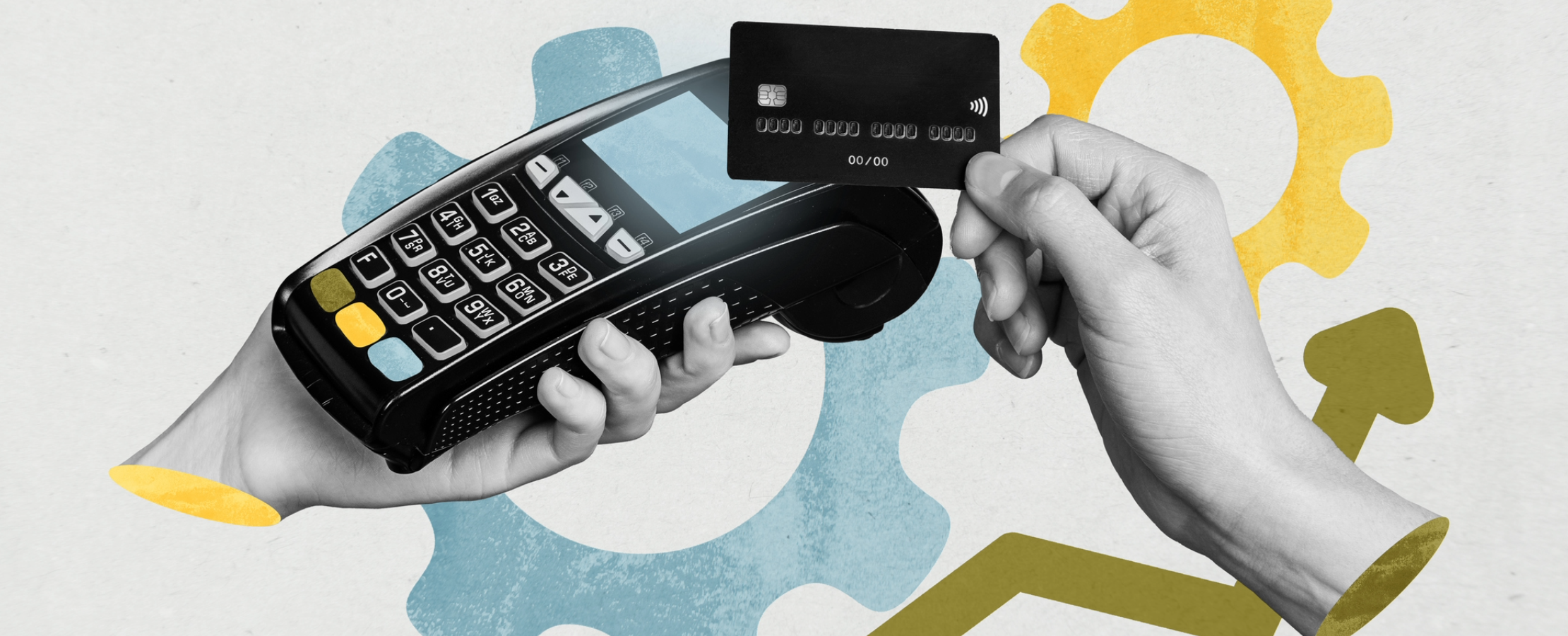The True Price of Your POS: How Much Is Your Tech Really Costing You?

When retail leaders think about the cost of a point-of-sale (POS) system, they usually zero in on the obvious: licensing fees, hardware, payment processing. But according to FieldStack’s Client Success team, those line items only scratch the surface.
“There are really two big components of POS cost,” said JR Anderson from our Client Success team during a recent conversation. “There’s the tangible cost of technology – and then there’s the opportunity cost, which is where many retailers are losing more than they realize.”
Let’s unpack both.
#1. Tangible Technology Costs: The Death by a Thousand Systems
Traditional POS setups often require a patchwork of third-party tools for loyalty, eCommerce, reporting, analytics, and more. Each of these systems comes with its own price tag – not to mention the resources it takes to get (and keep) them integrated.
“Because FieldStack is a unified system, it often eliminates the need for many of those additional platforms,” JR explained. “Your biggest cost centers are either no longer necessary or dramatically reduced in scale.”
Put simply: when your inventory, POS, loyalty, and analytics are all powered by the same unified database, you don’t need to juggle multiple vendors – or foot multiple bills.
#2. Opportunity Costs: Where Disconnected Data Drains Your Team
Beyond budget, there’s a hidden drain that hits your people: time spent chasing down data, switching between platforms, and making decisions without a complete picture.
You're probably spending time internally putting data together across disparate systems. That data lives in separate environments, and when you're trying to execute based on it, those gaps really slow you down – or worse, lead to disconnected decisions.
With FieldStack, everything flows through one system. Your buying team isn’t stitching together reports from different tools – they’re acting on live, unified insights.
That translates into real gains: better forecasting, fewer stockouts, smarter promotions, and ultimately, a lower cost of inventory.
A Smarter Kind of Efficiency
Efficiency is hard to quantify, but it shows up where it matters:
- Your staff spends less time on manual work.
- Your leadership team can focus on strategy (not data wrangling).
- You can move faster and adapt more confidently to market changes.
“Retailers feel this in ways that don’t always show up in a P&L right away,” JR said. “But over time, that unified system makes a big difference in your overall cost structure and operational efficiency.”
What’s the Real Cost of Your POS?
If your current POS system seems affordable on paper, it’s worth asking:
- What tools are you bolting on to fill the gaps?
- How much time is your team spending navigating those gaps?
- What’s the cost of delays, bad data, or missed opportunities?
FieldStack’s unified commerce platform is designed to eliminate those hidden costs while helping you unlock long-term value.